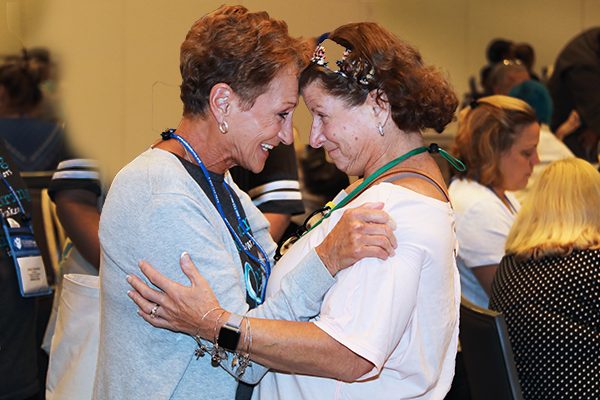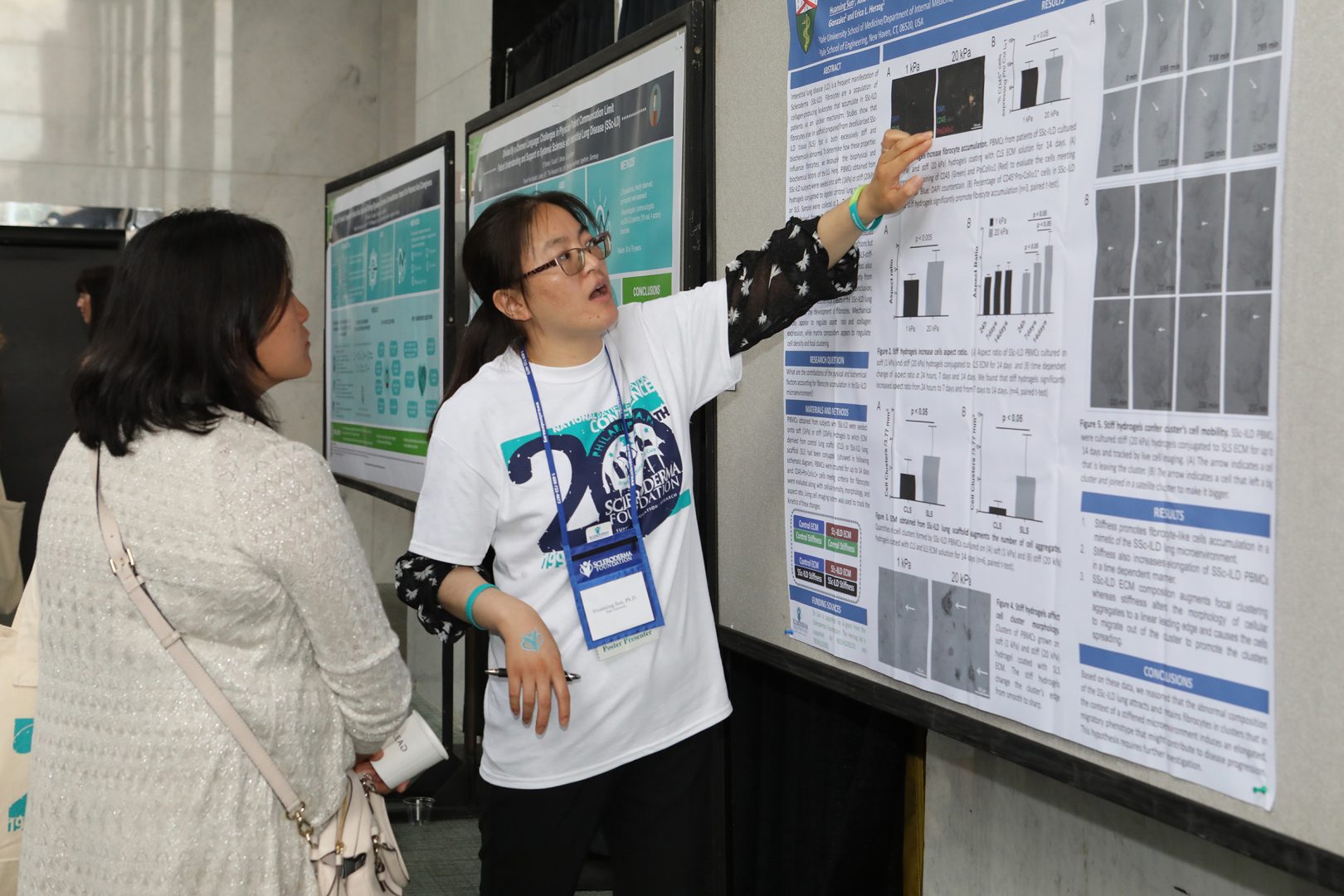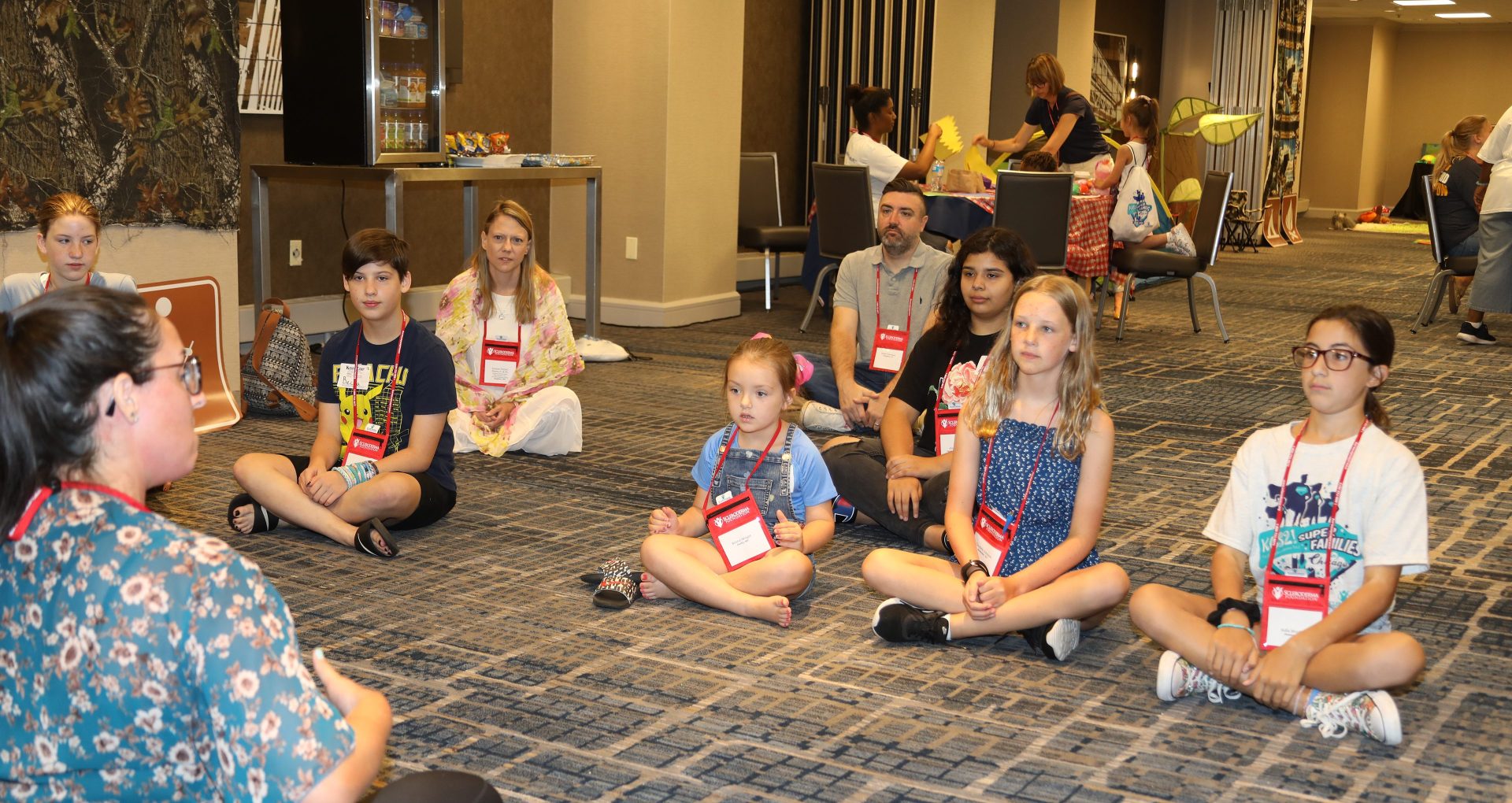Localized Scleroderma may be in different patterns called subtypes. There are four main subtypes, but you can also have a mix (mixed morphea). This chart shows how common these subtypes are, with linear being most common.

Linear scleroderma occurs in about 40-60% of cases. It may affect the trunk/limbs or the head. It’s the most common form of jLS. Lesions may be superficial (just in the outer layers of skin) or deep.
Trunk/Limbs
Skin lesions are in a line or band along the limbs and, sometimes, your trunk. Lesions may start off separate, then later come together. Lesions over a joint can make it hard to move and flex. An affected limb may be a different length or thickness than your other limb.
Head/Face/Scalp
Skin lesions may appear in a band-like pattern on one area or side of the face. If you have a clear line or streak on the head, it’s called “en coup de sabre,” a French term for “the strike of the sword.” It looks like a scar from a sword fight.
If you have noticeable tissue loss on a general area or one side of the face, it’s called Parry Romberg syndrome or hemifacial atrophy. One side of the face may look smaller.
Some people have features of both en coupe de sabre and Parry Romberg syndrome, either affecting one side or both sides of their face.
Circumscribed morphea, also called plaque lesions, happen in 15-30% of people with LS. Oval or round skin lesions may be either superficial (just the outer layers of skin) or deep. Lesions usually appear on the trunk: the lower chest, abdomen, buttocks, and upper thigh.
Superficial type lesions often look waxy or white, with a violet or pink rim. Deep lesions typically have little or no changes on the skin’s surface. They may have a pink or purple hue. Skin at these lesions often look ‘punched out,’ like a small crater in the fat.
Generalized morphea occur in about 6-12% of cases, but it’s uncommon in children with jLS. Generalized morphea are four or more large, defined lesions on two or more areas of the body. Lesions may be superficial or deeper. Sometimes, people may have very extensive lesions and joint problems.
Pansclerotic morphea is very rare and severe. It causes widespread symptoms all over the limbs and trunk. Many joints may be affected, stiff, and hard to move. People with this subtype may have skin ulcers that later develop into skin cancer.
Mixed Morphea occurs 3-25% of cases. Usually, this is a combination of linear scleroderma and circumscribed scleroderma.

Introduce the user journey, tell them how to get started. 40 words max. Lorem ipsum dolor sit amet dolor. Sectetur adipiscing elit, sed do eiusmod tempor incididunt ut labore et dolore magna aliqua.


